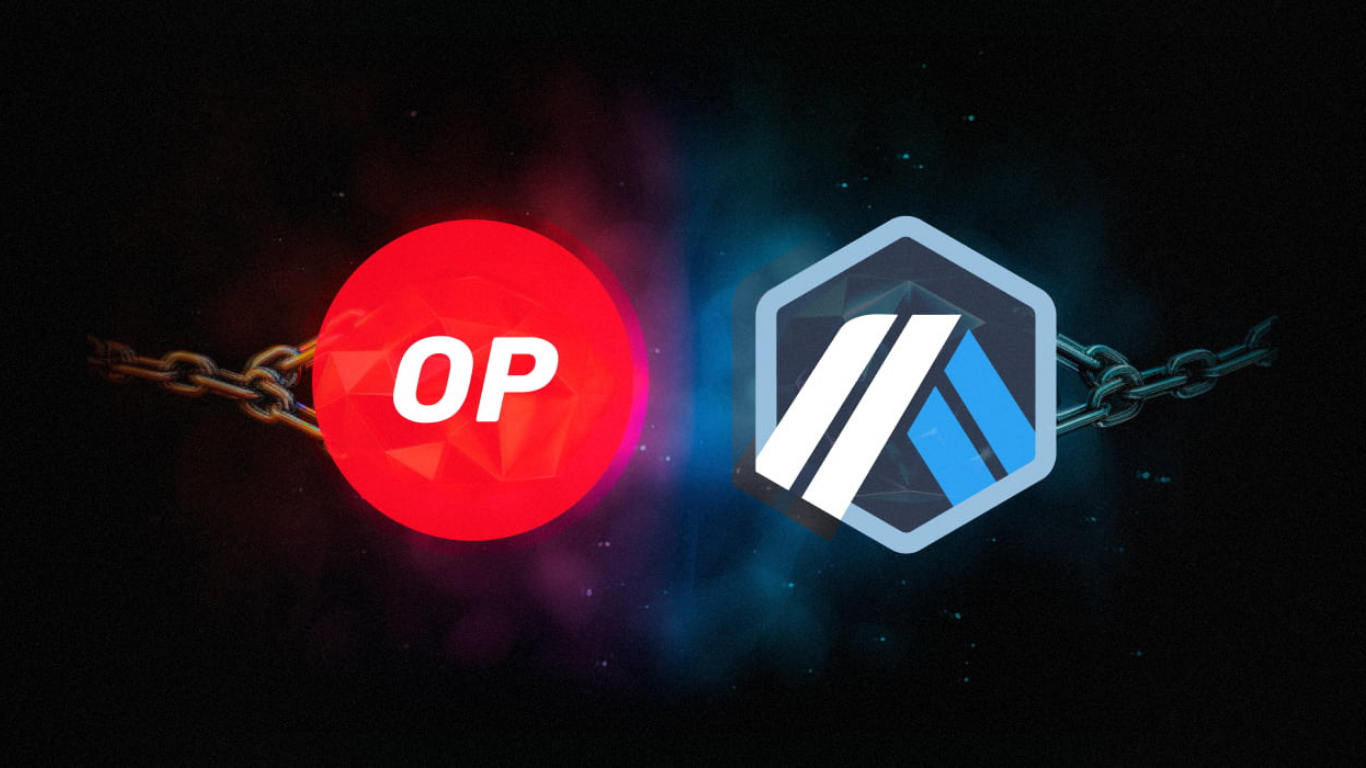Introduction
Ethereum’s scalability limitations—high gas fees and network congestion—have long hindered its mass adoption. Layer 2 (L2) solutions like Arbitrum and Optimism address these issues by processing transactions off-chain while leveraging Ethereum’s security.
This 2000+ word guide explores:
✔ What Layer 2 solutions are and why they matter
✔ How Arbitrum & Optimism work (technical deep dive)
✔ Key differences between Optimistic & ZK Rollups
✔ Adoption metrics and real-world use cases
✔ Future developments in Ethereum scaling
By the end, you’ll understand how L2s are accelerating Ethereum’s evolution into a global settlement layer.
1. The Ethereum Scalability Problem
Why Ethereum Needs Scaling Solutions
- Limited throughput: ~15-30 TPS (vs. Visa’s 24,000 TPS)
- High gas fees: $50+ during peak congestion
- Network congestion: NFT mints and DeFi trades clog the chain
The Scalability Trilemma
Ethereum must balance:
- Decentralization (No single point of control)
- Security (Resistant to attacks)
- Scalability (High transaction throughput)
Layer 2 solutions solve this by moving computation off-chain.
2. What Are Layer 2 Solutions?
Definition
L2s are secondary frameworks built on top of Ethereum (Layer 1) that process transactions more efficiently while inheriting Ethereum’s security.
Types of Layer 2 Solutions
| Type | Examples | How It Works |
|---|---|---|
| Optimistic Rollups | Arbitrum, Optimism | Assume transactions are valid (fraud proofs) |
| ZK-Rollups | zkSync, StarkNet | Use cryptographic proofs for validity |
| Sidechains | Polygon PoS | Independent chains with bridges |
| Plasma | OMG Network | Child chains with periodic checkpoints |
Rollups dominate today (80%+ of L2 activity).
3. Arbitrum vs. Optimism: A Technical Breakdown
Arbitrum (Offchain Labs)
- Technology: Optimistic Rollup
- Key Features:
- Multi-round fraud proofs (more efficient disputes)
- EVM compatibility (easy dApp migration)
- Lower fees than Ethereum L1
Adoption:
- TVL: $10B+ (largest L2)
- Major dApps: GMX, Uniswap, Aave
Optimism (OP Labs)
- Technology: Optimistic Rollup
- Key Features:
- Single-round fraud proofs (faster withdrawals)
- OP Stack (modular L2 development toolkit)
- Superchain vision (shared security for L2s)
Adoption:
- TVL: $5B+
- Major dApps: Synthetix, Velodrome
Key Differences
| Factor | Arbitrum | Optimism |
|---|---|---|
| Fraud Proofs | Multi-round | Single-round |
| EVM Support | Full compatibility | Slightly modified |
| Withdrawals | ~7 days | ~7 days |
| Token | ARB | OP |
4. How Optimistic Rollups Work (Step-by-Step)
1. Transaction Bundling
- Users transact on L2 (cheaper/faster).
- Transactions are batched into “rollup blocks.”
2. Data Posting to Ethereum
- Only transaction data (not computation) is posted to Ethereum L1.
3. Fraud Proof Window (7 Days)
- Anyone can challenge invalid transactions.
- If no fraud is detected, transactions finalize.
4. Withdrawals to L1
- Users must wait ~7 days to withdraw funds securely.
Pros:
✅ EVM compatibility (easy for developers)
✅ Cheaper than L1 (up to 90% gas savings)
Cons:
❌ Long withdrawal times (7-day challenge period)
❌ Still reliant on L1 for security
5. ZK-Rollups: The Future of Scaling?
How ZK-Rollups Differ
- Use zero-knowledge proofs (ZKPs) to validate transactions instantly.
- No fraud proofs needed → instant withdrawals.
- Examples: zkSync Era, StarkNet, Polygon zkEVM.
ZK vs. Optimistic Rollups
| Factor | Optimistic Rollups | ZK-Rollups |
|---|---|---|
| Security Model | Fraud proofs | Cryptographic proofs |
| Withdrawal Time | 7 days | Minutes |
| EVM Support | Full | Emerging (zkEVM) |
| Cost | Lower computation | Higher proof generation cost |
Tradeoff: ZK-Rollups are more secure but harder to implement.
6. Adoption & Real-World Use Cases
L2 Growth Metrics (2024)
- Total TVL: $25B+ across all L2s
- Transactions: L2s process 5x more TXs than Ethereum L1
- User Growth: 10M+ unique addresses on Arbitrum & Optimism
Top dApps Using L2s
- DeFi: Uniswap, Aave, Curve
- NFTs: OpenSea, Blur
- Gaming: TreasureDAO, Gods Unchained
Enterprise Adoption
- Stripe uses Polygon for crypto payouts
- Reddit launched Community Points on Arbitrum
7. Challenges & Limitations
1. Centralization Risks
- Most L2s have single sequencers (e.g., Arbitrum Nova).
- Solution: Decentralized sequencing (coming soon).
2. Liquidity Fragmentation
- Bridging between L2s adds complexity.
- Solution: Cross-chain protocols (LayerZero, Connext).
3. Regulatory Uncertainty
- Are L2 tokens (ARB, OP) securities?
8. The Future of Layer 2 Scaling
Upcoming Innovations
- Ethereum Danksharding (2024) → Cheaper L2 data posting
- ZK-Optimistic Hybrids (e.g., Optimism’s “OP Stack with ZK”)
- L3s (App-Specific Rollups)
Long-Term Projections
- 90% of Ethereum activity will move to L2s by 2026
- ZK-Rollups will dominate by 2028
Conclusion: Ethereum’s Scaling Revolution
Layer 2 solutions like Arbitrum and Optimism are critical to Ethereum’s future, enabling:
✅ Lower fees (10-100x cheaper than L1)
✅ Faster transactions (1000s TPS potential)
✅ Maintained security (inherited from Ethereum)
